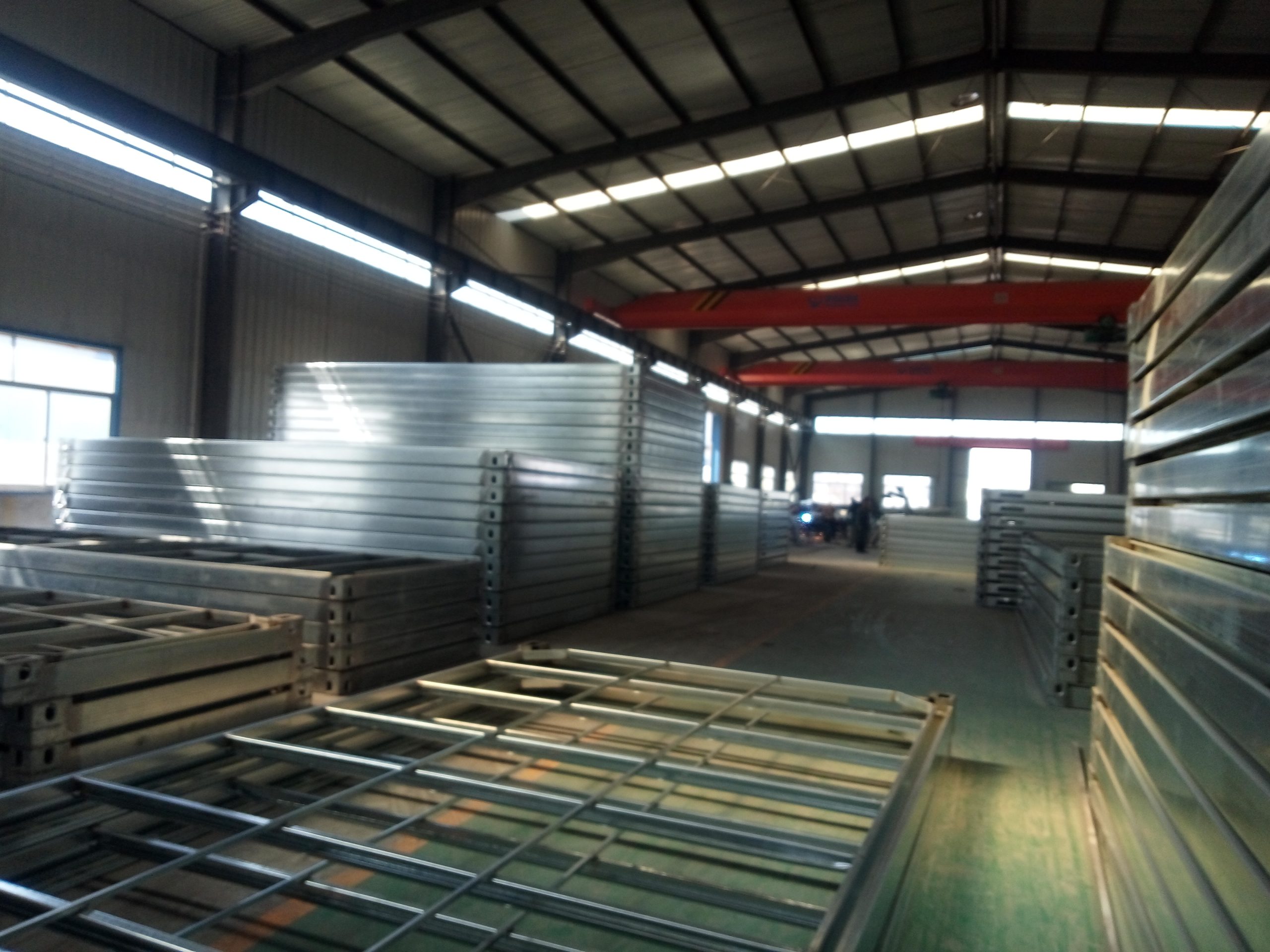Inhoudsopgave
Benefits of Implementing Energy Saving Measures in Steel Structure Industrial Plants
Energy consumption is a significant concern for industrial plants, especially those operating in the steel structure sector. The production processes in these plants are energy-intensive, leading to high electricity bills and environmental impact. Implementing energy-saving measures in steel structure industrial plants can not only reduce operational costs but also contribute to sustainability efforts.
One of the key benefits of implementing energy-saving measures in steel structure industrial plants is cost savings. By optimizing energy usage, plants can significantly reduce their electricity bills, leading to improved financial performance. Energy-efficient equipment and technologies can help minimize energy wastage and improve overall operational efficiency. This, in turn, can enhance the competitiveness of the plant in the market.
Furthermore, energy-saving measures can also help reduce the environmental footprint of steel structure industrial plants. The steel industry is known for its high carbon emissions and energy consumption. By implementing energy-saving measures, plants can reduce their greenhouse gas emissions and contribute to global efforts to combat climate change. This not only benefits the environment but also enhances the reputation of the plant as a responsible corporate citizen.

In addition to cost savings and environmental benefits, energy-saving measures can also improve the overall productivity and reliability of steel structure industrial plants. Energy-efficient equipment is often more reliable and requires less maintenance, leading to fewer downtime incidents and improved production output. By optimizing energy usage, plants can also enhance the quality of their products and meet customer demands more effectively.
Implementing energy-saving measures in steel structure industrial plants requires a comprehensive approach that involves the optimization of various processes and systems. This may include upgrading equipment, implementing energy management systems, and training staff on energy-saving practices. By taking a holistic approach to energy efficiency, plants can maximize the benefits of their efforts and achieve long-term sustainability.
One of the key strategies for energy-saving transformation in steel structure industrial plants is the adoption of renewable energy sources. Solar panels, wind turbines, and biomass boilers can help plants generate their electricity and reduce their reliance on the grid. By harnessing renewable energy, plants can not only reduce their energy costs but also minimize their environmental impact.
Another important aspect of energy-saving transformation in steel structure industrial plants is the implementation of energy management systems. These systems help plants monitor and control their energy usage in real-time, allowing them to identify areas of inefficiency and take corrective actions. By analyzing energy data and implementing energy-saving measures, plants can optimize their energy usage and reduce waste effectively.
In conclusion, implementing energy-saving measures in steel structure industrial plants can bring a wide range of benefits, including cost savings, environmental protection, and improved productivity. By taking a comprehensive approach to energy efficiency and adopting renewable energy sources, plants can enhance their competitiveness and contribute to a more sustainable future. Energy-saving transformation is not only a smart business decision but also a crucial step towards building a more sustainable and resilient steel industry.
Case Studies on Successful Energy Optimization Projects in Steel Structure Industrial Plants
Energy consumption is a significant concern for industrial plants, especially those in the steel structure industry. The high energy demands of these plants can lead to substantial costs and environmental impacts. However, through energy-saving transformations and optimizations, steel structure industrial plants can reduce their energy consumption and improve their overall efficiency.
One successful case study of energy optimization in a steel structure industrial plant is the implementation of energy-efficient lighting systems. By replacing traditional lighting fixtures with LED lights, the plant was able to significantly reduce its energy consumption. LED lights are more energy-efficient and have a longer lifespan than traditional lighting, making them a cost-effective solution for industrial plants.
In addition to lighting upgrades, the plant also implemented energy management systems to monitor and control energy usage. By tracking energy consumption in real-time, the plant was able to identify areas of inefficiency and make adjustments to optimize energy usage. This proactive approach to energy management helped the plant reduce its overall energy consumption and improve its operational efficiency.
Another key aspect of the energy-saving transformation was the implementation of energy-efficient HVAC systems. By upgrading to high-efficiency heating and cooling systems, the plant was able to reduce its energy consumption while maintaining a comfortable working environment for employees. These energy-efficient HVAC systems not only reduce energy costs but also contribute to a healthier and more productive workplace.
Furthermore, the plant invested in energy-efficient equipment and machinery to further optimize its energy usage. By replacing outdated and inefficient equipment with modern, energy-efficient alternatives, the plant was able to reduce its energy consumption and improve its overall productivity. These investments in energy-saving technologies not only benefit the plant financially but also contribute to a more sustainable operation.
Overall, the energy-saving transformation and optimization of the steel structure industrial plant resulted in significant cost savings and environmental benefits. By implementing energy-efficient lighting, energy management systems, HVAC systems, and equipment upgrades, the plant was able to reduce its energy consumption and improve its overall efficiency. These successful energy optimization projects serve as a model for other steel structure industrial plants looking to reduce their energy costs and environmental impact.
In conclusion, energy-saving transformations and optimizations are essential for steel structure industrial plants looking to improve their energy efficiency and reduce their environmental impact. By investing in energy-efficient technologies and implementing proactive energy management strategies, plants can significantly reduce their energy consumption and operating costs. The successful case study of the steel structure industrial plant demonstrates the benefits of energy optimization and serves as a model for other plants looking to improve their energy efficiency. By prioritizing energy-saving initiatives, steel structure industrial plants can achieve long-term sustainability and success in today’s competitive market.

